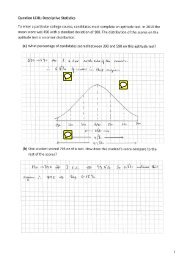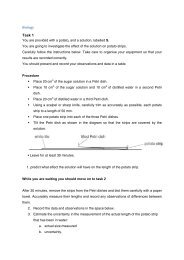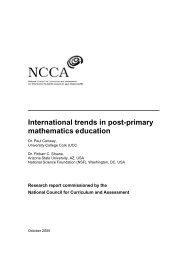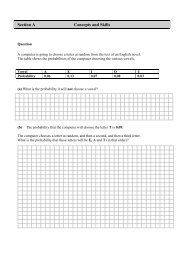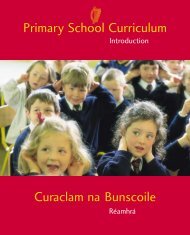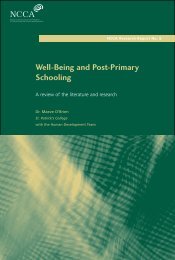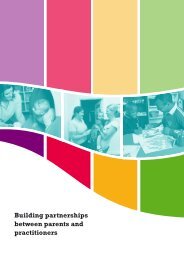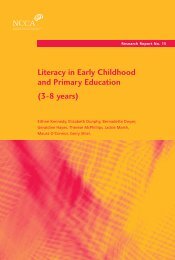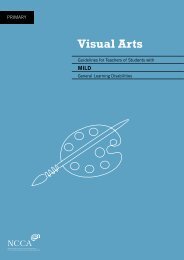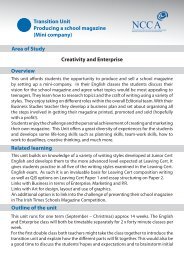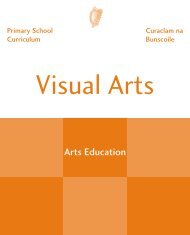Up and Away - National Council for Curriculum and Assessment
Up and Away - National Council for Curriculum and Assessment
Up and Away - National Council for Curriculum and Assessment
Create successful ePaper yourself
Turn your PDF publications into a flip-book with our unique Google optimized e-Paper software.
✓<br />
✓<br />
✓<br />
✓<br />
Some important facts about acquiring a SECOND LANGUAGE<br />
All learners of second languages unconsciously transfer grammatical properties of their first language<br />
to the second language.<br />
Second language acquisition proceeds by stages just like first language acquisition.<br />
The learner’s knowledge of the second language develops systematically, which means that errors are<br />
not r<strong>and</strong>om.<br />
The challenge facing language support teachers<br />
Section 2 The language support programme<br />
On its own, language support can never be enough because teachers, inevitably, have limited time<br />
with their language support pupils.<br />
On the other h<strong>and</strong>, the children are integrated into mainstream classrooms <strong>and</strong> have constant<br />
exposure there to the target language.<br />
For this reason, language support must focus principally on the language required by the curriculum<br />
<strong>and</strong> on the language necessary <strong>for</strong> a child’s socialization in the school.<br />
We can maximize the effectiveness of language support by always giving priority to language that<br />
will allow pupils to participate as much as possible in mainstream classes – see the English Language<br />
Proficiency Benchmarks on pages 37–54 <strong>and</strong> the European Language Portfolio on pages 95–113.<br />
Collaboration with mainstream class teachers will allow the language support teacher to devise<br />
activities that create a positive bridge into the mainstream class.<br />
A positive whole-school policy will also ensure the social integration of pupils whose home language<br />
is not English.<br />
! Points to remember!<br />
Young children are extremely sensitive to the sounds of language. It is important to think about the<br />
way you use language in the classroom.<br />
Slowing down speech, using fewer <strong>and</strong> simpler words, repeating key words, using mime, gesture<br />
<strong>and</strong> visual supports, <strong>and</strong> restating with gesture all help children to match words to meaning.<br />
Provide contextual clues – always work from the concrete.<br />
Involve other children in the group in helping a newly-arrived child to underst<strong>and</strong> what is<br />
happening. Children underst<strong>and</strong> children!<br />
It can be helpful to have some knowledge<br />
about a child’s first language but it is not<br />
essential <strong>for</strong> effective teaching.<br />
It is, however, very good <strong>for</strong> a child’s selfesteem<br />
if the teacher learns a few words or<br />
phrases in his/her language.<br />
Language support should encourage a cyclical<br />
process so that what happens in the language<br />
support class facilitates the acquisition of more<br />
language in mainstream classes <strong>and</strong> this, in<br />
turn, helps pupils to become fully integrated<br />
members of the school community.<br />
19



